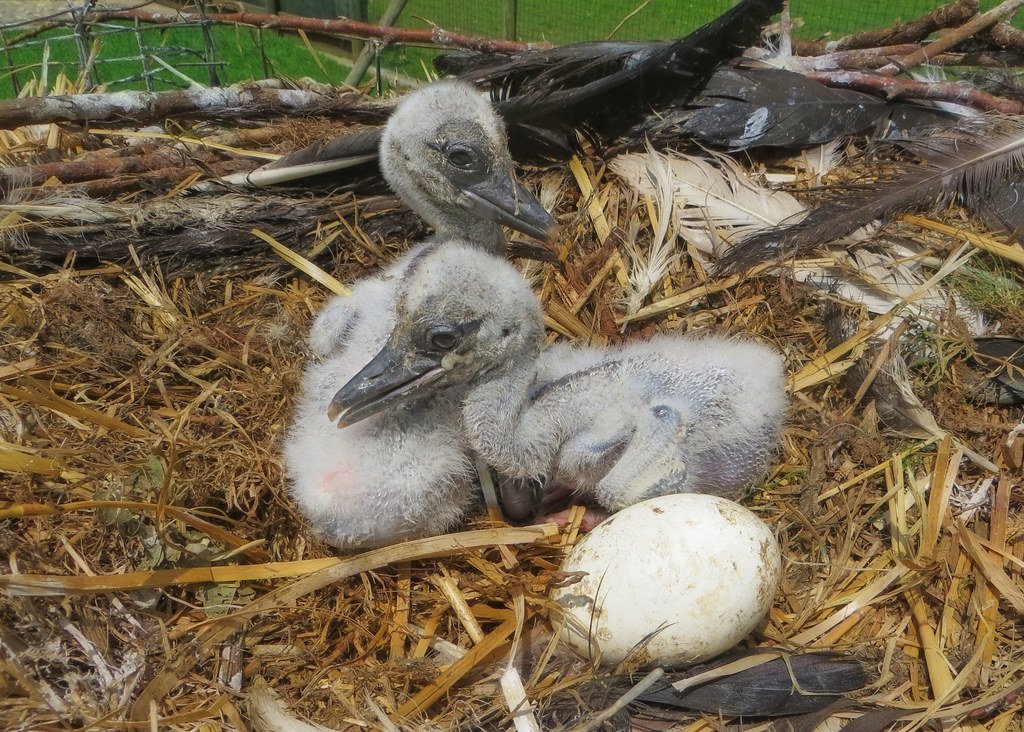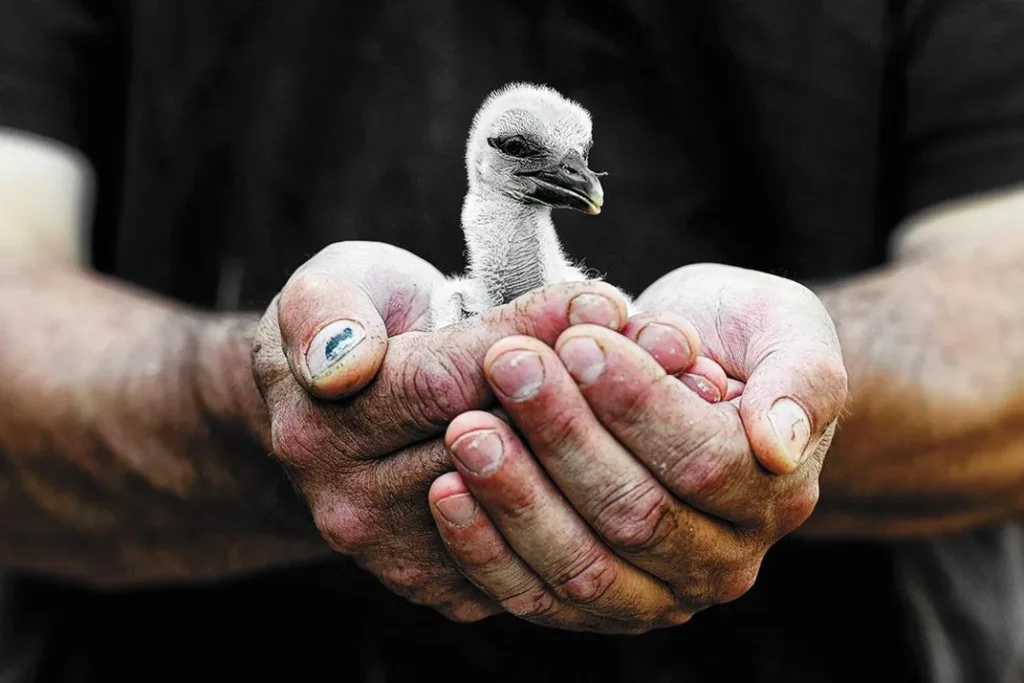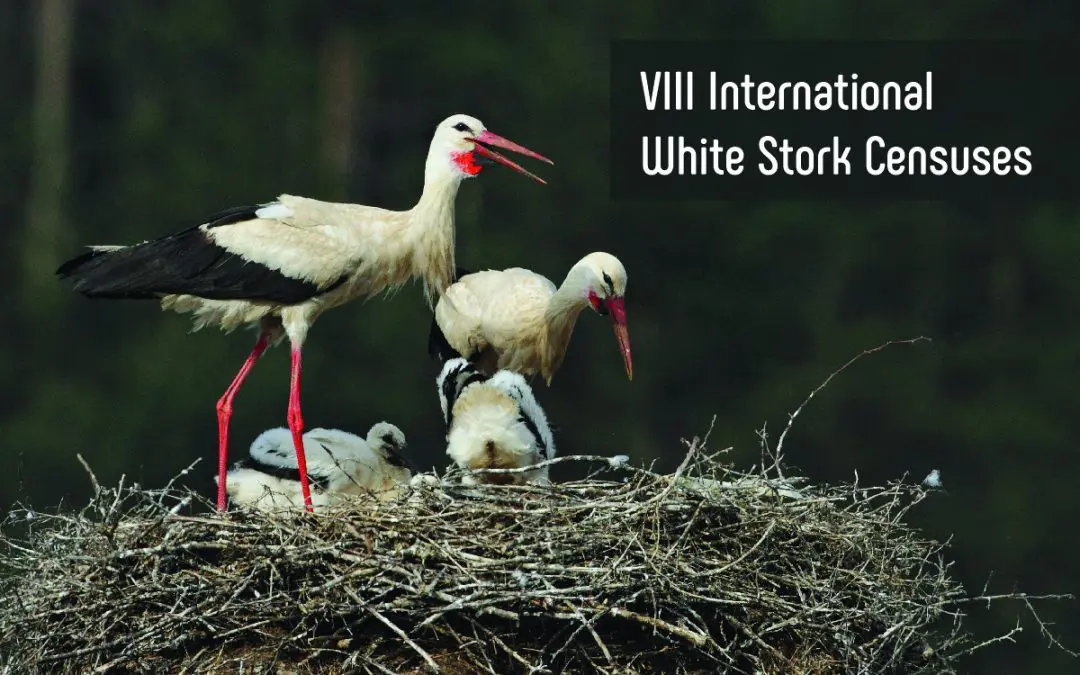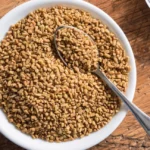Rare white storks hatch in the West Midlands for the first time in over 600 years, with two chicks recently born in Staffordshire. This milestone marks a crucial step in restoring a species lost due to habitat destruction and hunting. Led by Celtic Rewilding, the conservation project focuses on reintroducing these majestic birds and rebuilding their population in the region.
Conservation Efforts Supporting Rare White Storks Hatch in the West Midlands
Rare white storks hatch under careful supervision in Staffordshire, marking a major milestone in their return to the West Midlands. Celtic Rewilding provides 24-hour care for the newborn storks using expert feeding methods that mimic natural parenting. They use white gloves and red tweezers so the chicks think they’re being fed by adult storks, encouraging natural behavior.

Project lead Harvey Tweats said, “Our goal is to rebuild a thriving white stork population in Staffordshire, bringing back a species lost from the Midlands for over 600 years. The recent rare white storks hatch under carefully controlled conditions is a significant breakthrough for our conservation work.”
Growth and Behavior of Rare White Storks Hatchlings in Staffordshire
The two adult stork parents have formed a strong, inseparable bond, crucial for raising the chicks. The chicks are growing quickly and should reach adult size—around 3 feet tall with a 6.5-foot wingspan—within two months. The team hopes this marks the beginning of many future generations thriving in the wild.
Historical Context and Future Outlook
Historically, white storks were a common sight across the UK, symbolizing natural beauty and biodiversity. White storks vanished from the region due to habitat loss caused by farming, human expansion, and widespread hunting. Today, local communities are embracing their return, offering strong support for the conservation project.

Katie Last from Derbyshire Wildlife Trust emphasized the project’s importance: “White storks are more than birds—they become part of the local community.”
. Nesting pairs could establish themselves near homes and community centers, returning year after year, forging lasting connections with local residents.”
Community Engagement and Awareness
Public interest in the white stork’s return has grown rapidly. Many people have contacted Celtic Rewilding to learn about the species’ history in the Midlands. This engagement is vital for ensuring long-term success, fostering coexistence between humans and wildlife.
Conclusion
The rare white storks’ successful birth in the West Midlands marks hope for species restoration after more than 600 years. Conservationists are carefully nurturing the chicks to ensure their survival. This project shows how focused wildlife reintroduction can reverse long-term biodiversity loss. With ongoing community support and strong protection efforts, white storks could soon return as a beloved part of the region’s natural landscape.




